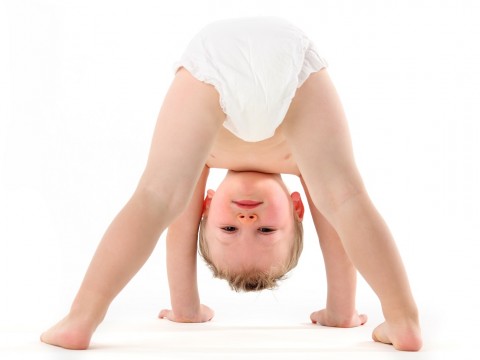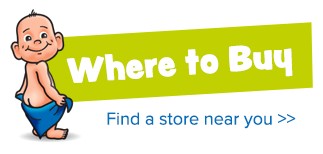

At Boudreaux’s Butt Paste®, we talk about baby butts every day. It’s what we do! We’re dedicated to keeping them happy & healthy as part of your sweet baby’s overall wellness. Since baby butts are our business, we hear lots of questions from moms about what they can do to help prevent and relieve diaper rash. Today, we’ll take a look at two of the most popular questions moms ask us:
-
Are there common types of diaper rash?
-
Are there early signs of diaper rash?
Defining diaper rash
When it comes to baby care, knowledge is power, so the more you know about diaper rash, the easier it is to kick it to the curb. So let’s start at the beginning. What is diaper rash?
Clinically speaking, diaper rash is a dermatitis, which means it’s a type of skin inflammation. In addition to diaper rash, other common forms of dermatitis are things like cradle cap, dandruff and eczema. The main symptoms of diaper rash include inflamed skin that can be itchy and bumpy or red and swollen.
Common types of diaper rash
There are different types of dermatitis, which means there are different types of diaper rash. A few of the most common types of diaper rash have telltale signs you can identify if you know what you’re looking for:
- Contact dermatitis: caused by something coming in contact with your baby’s diaper area skin that’s triggering her irritation. Skin that’s irritated from urine and feces will look red and shiny. The skin on the buttocks, thighs, belly (abdomen) and waist may be affected. The skin creases or folds are usually not affected.
- Candida dermatitis: when diaper rash is triggered by a type of yeast infection. The rash may look deep red in color with patches outside of the diaper area. It could look more like pimples or blisters that may or may not be filled with pus. Sometimes you’ll see small round spots radiating out from a large, main rash area. With this type of diaper rash, you may see irritation in creases or folds in the thighs too. That’s because yeast thrives in moist areas.
- Seborrheic dermatitis: can cause diaper rash where the skin is red with yellow, oily patches. It also affects the skin folds. It also usually affects the face, scalp, or neck at the same time. This is the same type of dermatitis that causes cradle cap, a condition that typically resolves on its own.
- Allergic response: If your baby’s diaper rash is caused by an allergic response – perhaps by baby wipes or the dye in the diapers, you’ll see red irritated skin when baby’s skin comes in contact with the irritant. Diaper rash can be triggered by new products like soap, wipes, diapers, detergent or fabric softener
Remember, if your baby’s diaper rash is peeling or you see raised bumps (papules) and/or fluid-containing bumps (pustules) or bleeding, it’s time to visit the doctor.
Early signs of diaper rash
One of the weird things about diaper rash is it doesn’t necessarily have early indicators. One night you put your baby to sleep with a perfectly healthy, happy bottom and the next morning – Bam! – diaper rash! That’s why it can be so startling, because it’s so sneaky. If diaper rash is due to chafing from a tight diaper that’s getting too small, you might see slight redness in the diaper area prior to a noticeable red diaper rash. But again, it can be hard to predict.
From one mom to another, any time I spotted redness on my baby’s bottom, I slathered on the Boudreaux’s Butt Paste® to prevent it from getting worse. I can honestly say my baby only had diaper rash once thanks to Boudreaux’s Butt Paste®. When in doubt, remember the funny name!
How long has Boudreaux’s Butt Paste® been a must-have in your medicine cabinet? Let us know in the comments section on our Facebook page.


